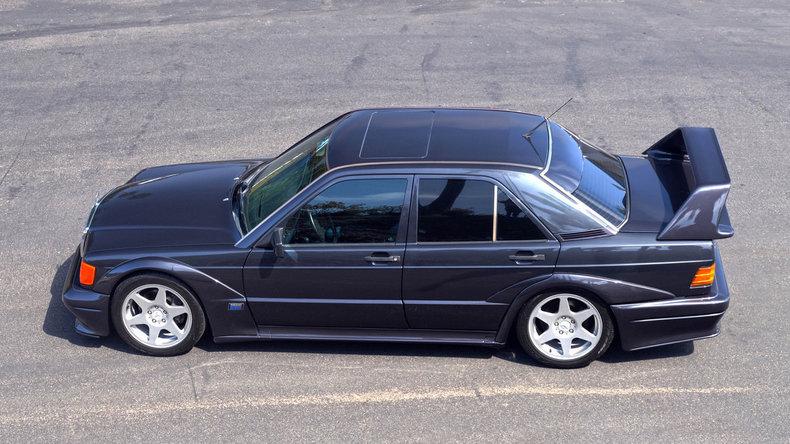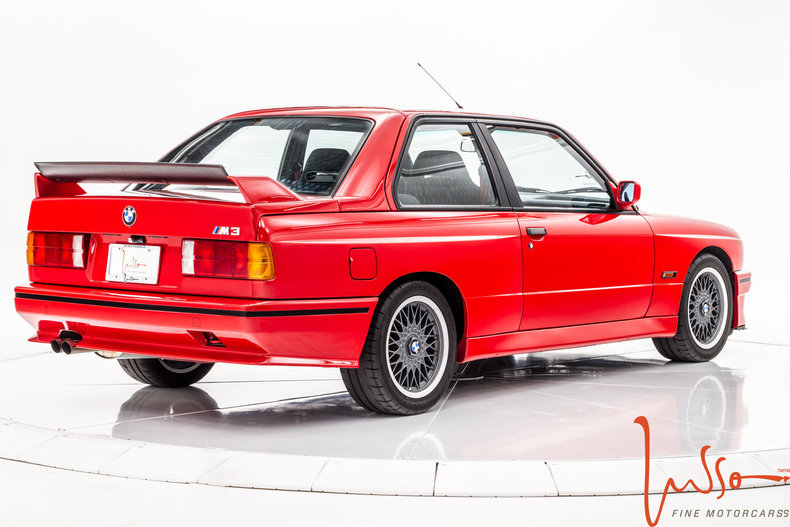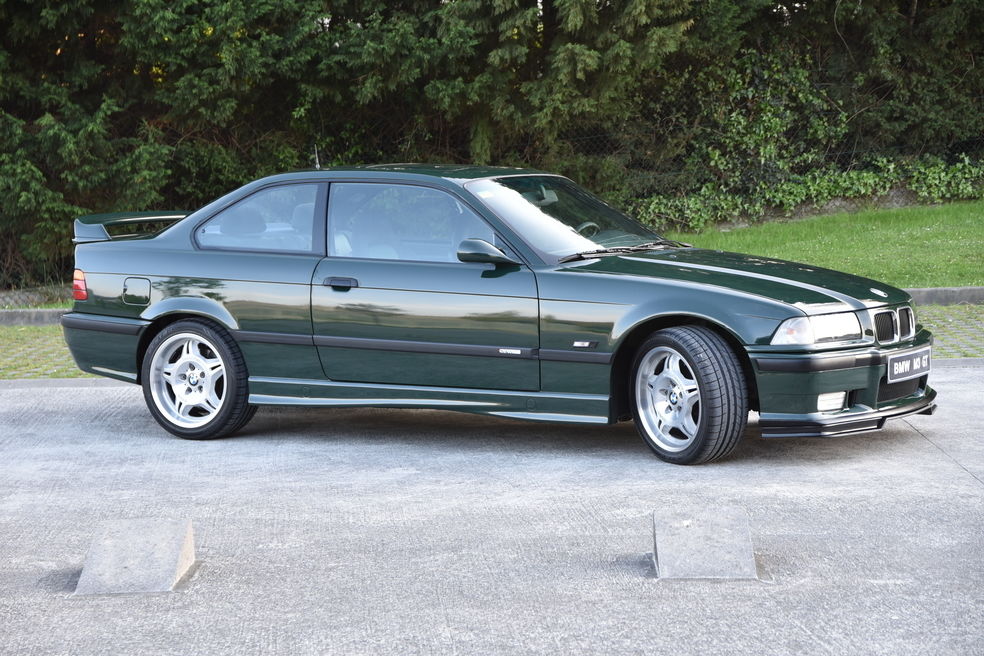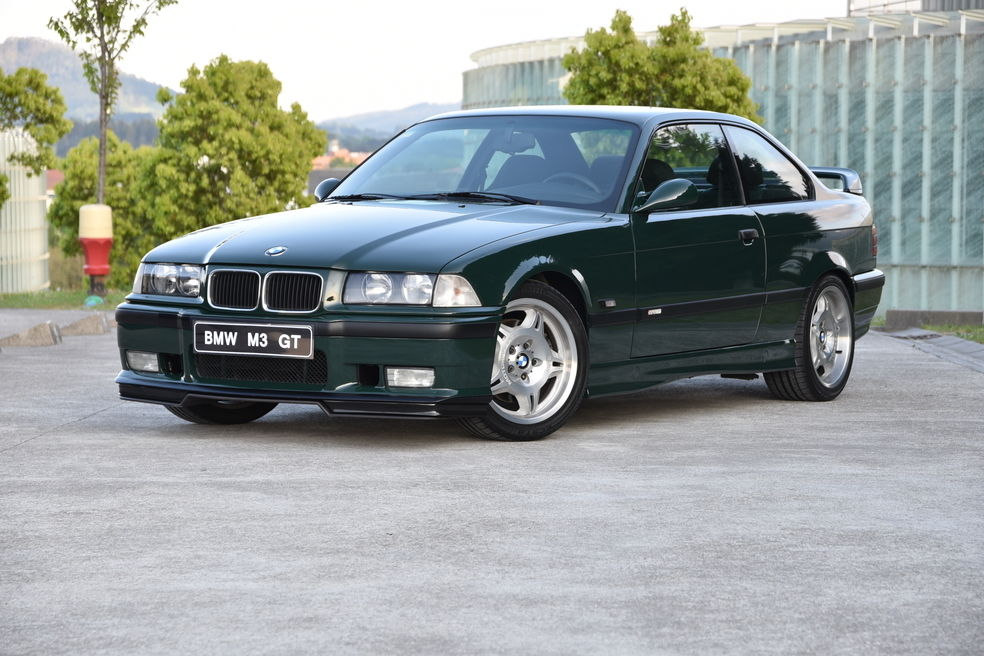The Mercedes-Benz 190E 2.5-16V Evolution II is one of those cars that you know exists, but thanks to its rarity of just 502 examples made, don’t pop up all that often in any kind of setting. The majority of these cars are now securely tucked away in private collections thanks to their crazy price tags (more on that later) and very rarely come up for public sale. Today, car number 208 painted in Blauschwarz, is up for sale for anyone who has enough money to sink into a car that you probably can’t justify it costs as much as it does. The best part about this car? It’s for sale in sunny San Diego, California.
Tag: Homologation
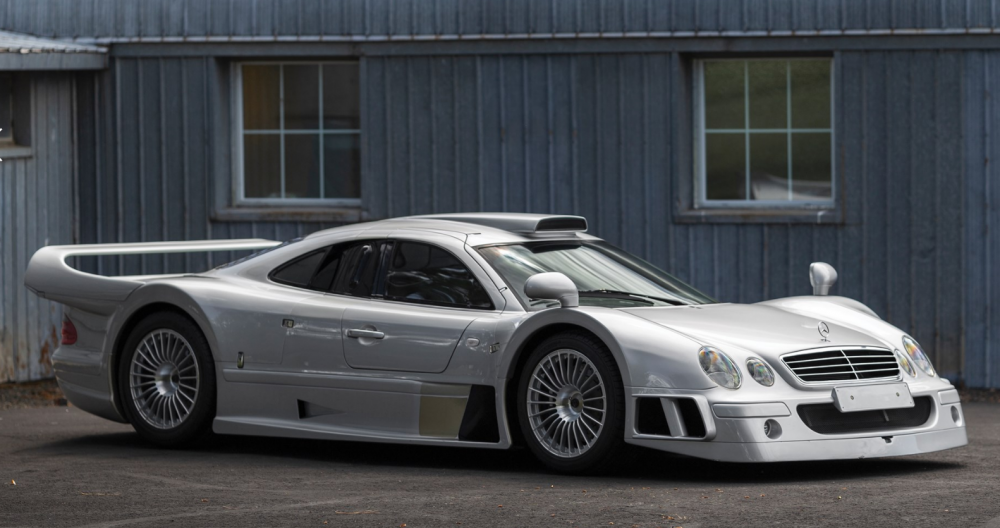
”The champ is here!”
This is it. The big one. One of the craziest road legal Mercedes-Benz ever produced and a car we probably won’t see anything like ever again. The CLK GTR. The result of a homologation requirement from the 1997 FIA GT Championship, this CLK GTR, along with the Porsche 911 GT1, literally took grand touring cars and made them road legal. Only 35 CLK GTRs were ever produced by Mercedes and AMG. 26 of them being production cars, seven racing cars for the GT Championship and two prototypes. Out of those 26 production cars, six were roadsters that looked even wilder. All of them were powered by the M120 V12 borrowed from the W140/R129 chassis with 21 cars being 6.9 liter variants that made 604 horsepower and the five other cars, called CLK GTR Super Sport, using a 7.3 liter making 655 horsepower. All of these CLK GTRs used a 6-speed sequential manual gearbox with gears that were so loud that the radio was hopeless in trying to drown out the noise. How much did these cost when new? $1,547,620. If you are wondering, yes, that was the most expensive price for any production car at the time. Just to put that into perspective, that is $3,255,285 in July 2018 money, which is right where a new Bugatti Chiron is priced.
Now that we have all that out-of-the-way, let’s get to why we are here. This 1998 CLK GTR is car number nine of 25 that was originally sold in Germany before being shipped to Hong Kong for a while before moving again to the US where it will go up for auction next month. It has just under 900 miles so it is safe to say this one didn’t get out much but that just means potential buyers will likely have another reason to send the bid into another league. How much is it projected to sell for? Well, you can cancel your order for your Chiron and still need to head down to the bank to withdraw a few more million from your checking account.
CLICK FOR DETAILS: 1998 Mercedes-Benz AMG CLK GTR at RM Sotheby’s
8 CommentsWhile the name “Evolution” become synonymous with Mitsubishi’s WRX-fighting Lancer for the X-Box generation, the term had much greater meaning for racing fans in the 1980s and 1990s. That was the period where homologation really took off; in order to be eligible to race, the FIA stipulated a certain amount of vehicles generally matching the race version of a car would have to be produced. This resulted in some great race-inspired production cars, and in order to best each other on the race track manufacturers would be forced to modify those cars. In order to have the modifications legal to race, the maker would have to introduce those significant changes to the road-going model, too. Those changed models would be termed “Evolution” to differentiate their model changes. As a result, enthusiasts ended up with ‘Evo’ versions of the Ford RS200, the V8 quattro, the Mercedes-Benz 190E 2.5-16 and, of course, the M3.
The M3 Evolution I was first introduced in 1987 with only a slightly revised motor. The Evolution II followed in 1988, and signaled the first real changes in the lineup. Major alterations to the aerodynamics, bodywork, chassis, and engine netted more power, more downforce and less weight for the FIA-regulated 500 units sold to market. Iconic even within the impressive normal M3 production, these fan-favorites generate feverish bids when they come to market.
But there is an even more desirable variant: The Sport Evolution. BMW Motorsport GmbH maxed out its E30 development in an all-out attempt to dominate the world’s racetracks. A new 2.5 liter S14 cranked out nearly 240 horsepower, while the same ‘add lightness’ recipe was prescribed; lightweight glass and body panels were met with adjustable front and rear spoilers. Signature 7.5″ wide BBS wheels were now darker Nogaro Silver and 10mm closer to the body thanks to lower suspension, while special Recaro seats kept you firmly planted inside from the g-force they were capable of generating. It was as if BMW took all of the best aspects of the E30 and distilled it down into an even more pure form. Produced only in Jet Black or Brilliant Red, 600 of these super M3s were rolled out to fans and remain arguably the most desirable model in the run:
CLICK FOR DETAILS: 1990 BMW M3 Sport Evolution at Lusso Fine Motorcars
9 CommentsWhile you’re no doubt familiar with the great lament of the de-tuned E36 M3 and the inflated price of the very limited Lightweight model, Europe enjoyed a full spectrum of Motorsport performance. One of the potent additions to the lineup was that of the M3 GT. Intended to homologate racing bits and aerodynamic tweaks for the E36, 350 limited BF99 examples were produced in early 1995. The motor was turned up to 295 horsepower with hotter cams, special oil pumps and Motorsport oil pan and revised computer controls. They also had stiffened and lowered suspension, a strut brace and a 3.23 final drive. Outside new spoilers front and rear increased downforce, and like the Lightweight the GT wore the M forged double spoke staggered wheels. Harder to spot were the aluminum doors the car wore to help keep weight down. All were painted 312 British Racing Green and featured Mexico Green Nappa leather interior with Alcantara bolsters, special Motorsports badging and carbon fiber trim.
They’re a very special and rarely seen variant of the E36 M3, and increasingly in this collector market that means a higher asking price:
CLICK FOR DETAILS: 1995 BMW M3 GT on eBay
8 CommentsContinuing with a theme I touched upon last week, I’m going to take a look at a few cars this week which are now legal for importation to the United States. It’s hard to believe more than 25 years have already passed since 1990, but that opens up a whole new portfolio of vehicles that weren’t certified by the US Department of Transportation and Environmental Protection Agency for US sale. The Volkswagen Rallye Golf almost made it to market in the US, but sadly, an executive at Volkswagen of America trumpeting this vehicle’s cause perished in the Pan Am Flight 103 bombing. With that, yet another homologation special slipped away from the grasp of the US consumer. This Rallye Golf for sale just a bit north of Stuttgart, Germany is one for the serious VW collector, having covered just over the equivalent of 20,000 miles. This is also one of the few I’ve seen with the rather tasty partial leather interior, featuring a variation on the GTI plaid in the seat inserts.
